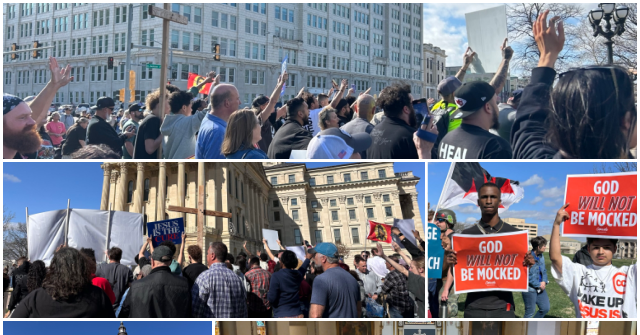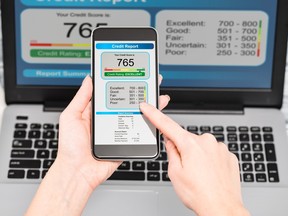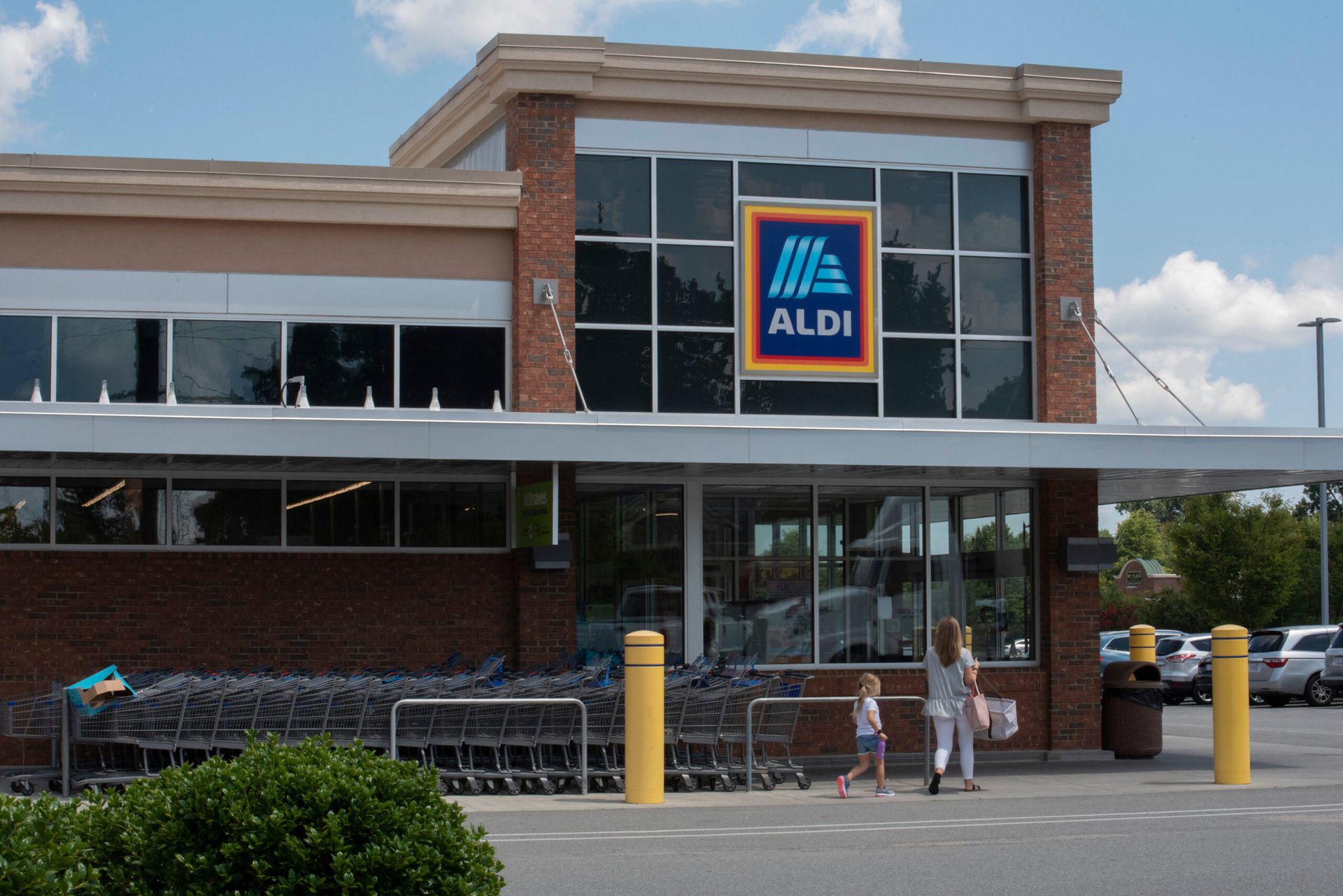The Public Service Loan Forgiveness (PSLF) Buyback program lets you earn forgiveness credits for months you didn’t pay due to forbearance or deferment, which can help you get loan forgiveness faster. You must make a payment equal to what you would’ve owed on an income-driven repayment (IDR) plan at the time of your missed bills to get credit, but you should wait until the IDR account adjustment program is over before considering the Buyback program.
For example, if you spent three months in deferment in 2015, and your monthly bill at the time was $100, you could owe $300 through the buyback.
Without the buyback, you typically don’t earn PSLF credit for months your student loans were in forbearance and deferment. (One key exception: if you worked a qualifying public service job during the three-year pandemic payment pause, you still earned forgiveness credit toward PSLF, even if you didn’t make payments.)
The Education Department introduced the PSLF Buyback in the fall of 2023. It applies to missed payments as far back as October 2007, when PSLF was established.
In mid-August, the department also advised borrowers who reach PSLF’s 10-year threshold during the ongoing SAVE lawsuit forbearance to use the PSLF Buyback.
PSLF Buyback requirements
The PSLF Buyback has strict qualification requirements. You may be eligible for the PSLF Buyback if all of the following are true:
-
You have an outstanding balance on your federal Direct student loans.
-
You worked a public service job for at least 10 years.
-
You held a qualifying public service job during the months when you didn’t get PSLF credit due to periods of forbearance or deferment.
-
Buying back these months will complete your total of 120 qualifying PSLF payments.
To check if you still have an outstanding loan balance, log into your studentaid.gov account. On your main dashboard, you’ll see a “My Aid” section, which says how much you may still owe.
Next, check if you have past forbearance or deferment periods eligible for the buyback. In the top right corner of the “My Aid” section, select the blue “View Details” button. Scroll down to the “Loan Breakdown” section, select ‘View Loans,” then “View Loan Details.” Under “Loan Status,” select “View loan status history.”
You should also confirm that you’ve reported all periods of public service employment by using the government’s PSLF Help Tool.
How do I apply for the PSLF Buyback?
You must submit an online PSLF reconsideration form. Include the this exact wording in your request:
“I have at least 120 months of approved qualifying employment, and I am seeking PSLF or TEPSLF discharge through PSLF buyback. Please assess my eligibility for PSLF buyback.”
If you don’t include that statement, your submission won’t be processed as a PSLF Buyback request.
Next, the Education Department will evaluate your buyback eligibility. If the department approves, it will email you a buyback agreement. This agreement will include the amount you must pay and instructions for how to submit your payment. Your payment is due in full within 90 days of receiving the email from the Education Department.
You must continue to make any monthly payments that are due while your application is pending. You can get a refund for overpayments if your buyback is approved.
How will my PSLF Buyback payment amount be calculated?
The Education Department will calculate your buyback bill based on what you may have owed at the time of your forbearance or deferment.
If you were on an IDR plan immediately before or after your missed payment period, you’ll pay an amount equal to the smaller of those two monthly bills.
If you were not on an IDR plan immediately before or after your missed payment period, your buyback bill will reflect the smallest possible student loan bill you could’ve had at the time, based on your income and family size back then:
-
For most borrowers in this situation, your payment may be based on the most affordable IDR plan available at the time.
-
If the standard 10-year repayment plan would’ve given you a smaller bill than an IDR plan at the time, you’ll pay the standard plan amount.
-
If you had little or no income at the time and would’ve qualified for a $0 payment under an IDR plan, you won’t owe anything to get buyback credit. The forgiveness will be automatically processed when you receive the buyback agreement.
The government may request past tax records to calculate your payment.
PSLF credit during the SAVE forbearance: Use buyback instead of making optional payments
You won’t automatically earn PSLF credit during the forbearance this time — even if you continue to make optional payments. It’s not clear if you’ll automatically get this credit retroactively, either. The Education Department has not guaranteed that after the forbearance period ends, it will go back and count any optional payments you made toward PSLF.
However, the PSLF Buyback is one of two possible workarounds you can use to retroactively get PSLF credit during the SAVE forbearance, according to the latest Education Department guidance.
You must meet the typical PSLF Buyback requirements. The buyback is a good option for borrowers who recently hit their 120 months of eligible employment, or those who will do so during the ongoing forbearance. You must submit a buyback request and make an extra payment of at least the amount you would have owed under an IDR plan during the months you want to buy back.
Your second option: switch to one of the other three IDR plans. Lawsuits are not blocking PAYE, Income-Based Repayment and Income-Contingent Repayment, so enrolled borrowers can still earn PSLF credit. However, the online IDR application is closed as of mid-August, so you’ll need to submit a paper application to your servicer. Prepare to wait months before you’re moved to the new IDR plan — application processing is also temporarily on hold.
Wait until the IDR account adjustment is over
Don’t jump on the PSLF Buyback train until the IDR account adjustment hits your account. The IDR account adjustment program is giving millions of borrowers forgiveness credit for previous periods of forbearance and deferment, in an effort to fix long-standing flaws in the IDR forgiveness system. The adjustment is scheduled to wrap up by Sept. 1, according to the latest Education Department guidance.




















Discussion about this post